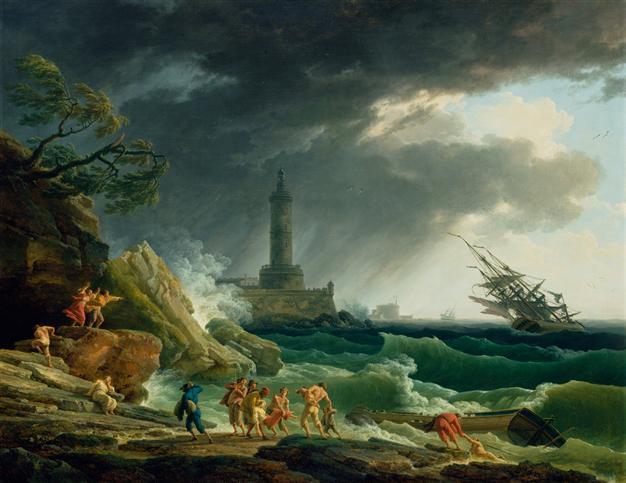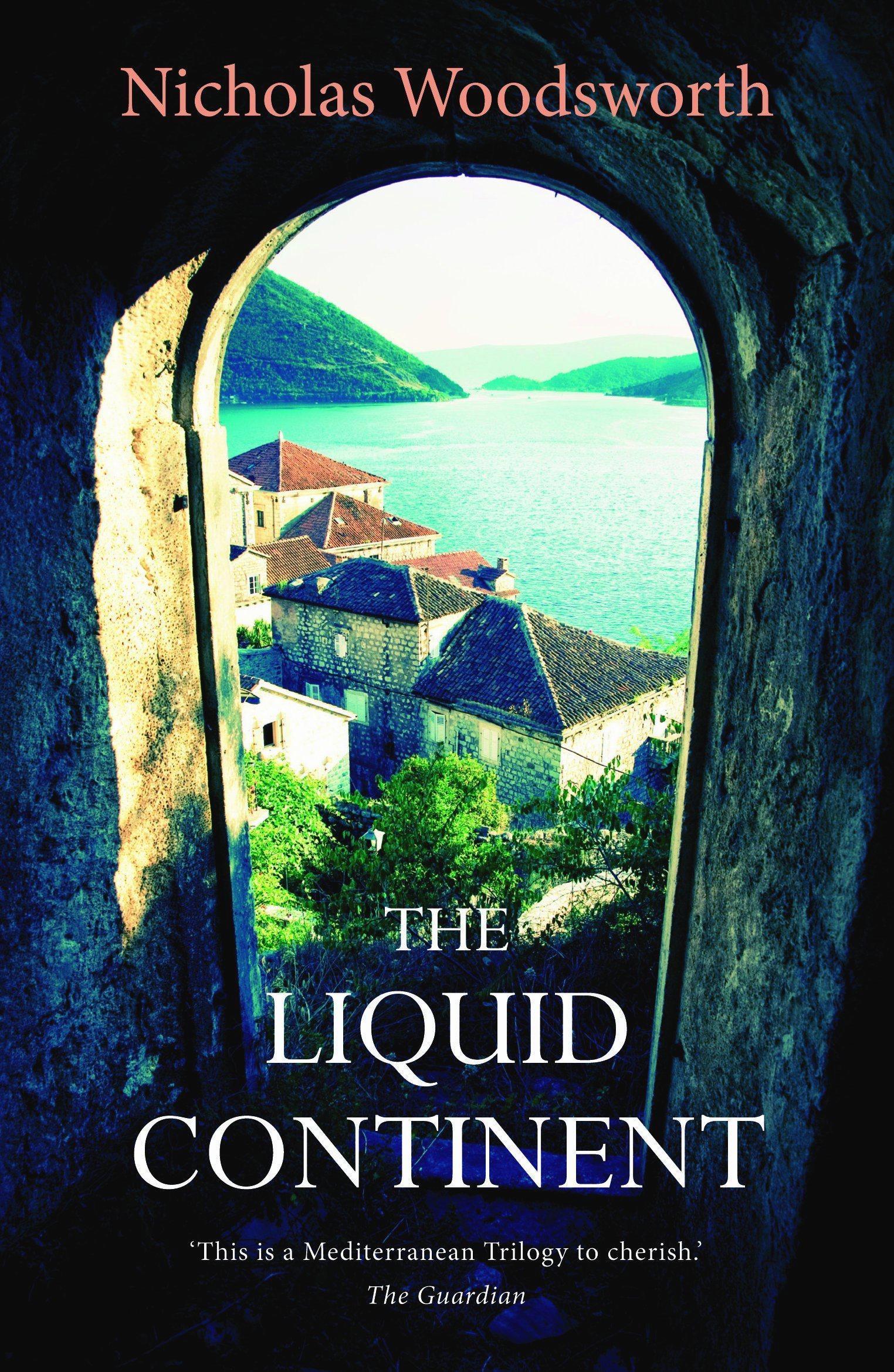Alexandria, Venice, Istanbul
William Armstrong - william.armstrong@hdn.com.tr

Claude-Joseph Vernet, A Storm on a Mediterranean Coast (1767)
‘The Liquid Continent, A Mediterranean Trilogy: Alexandria, Venice, Istanbul’ by Nicholas Woodsworth (Haus Books, 420 pages, $12)French writer Jean Cocteau said that of all the world’s continents, the Mediterranean is the only one that is liquid. The sea, known by the Romans as Mare Nostrum, or “our sea,” has for centuries been a cosmopolitan melting pot, where ideas and cultures were unloaded with the goods shipped from port to port. Knitted together by trade links and riven by war, inhabitants of the Mediterranean’s great cities looked inward to each other, in a realm long thought to make up the entire civilized world.
 The idea of the Mediterranean’s shared culture underlies Canadian author Nicholas Woodsworth’s enjoyable travelogue from around the sea. “For centuries its inhabitants have shared the same rocky coasts, adapted in the same ways to the same climate, lived in the same kind of houses, practiced the same occupations, eaten the same foods,” he writes. “But it wasn’t that simple. This was also a sea that had spawned three of the world’s major religions, several of its greatest empires and many of its bloodiest and most intractable disputes.”
The idea of the Mediterranean’s shared culture underlies Canadian author Nicholas Woodsworth’s enjoyable travelogue from around the sea. “For centuries its inhabitants have shared the same rocky coasts, adapted in the same ways to the same climate, lived in the same kind of houses, practiced the same occupations, eaten the same foods,” he writes. “But it wasn’t that simple. This was also a sea that had spawned three of the world’s major religions, several of its greatest empires and many of its bloodiest and most intractable disputes.”The volume describes Woodsworth’s peregrinations through Alexandria, Venice, and Istanbul. It isn’t terribly original, but Woodsworth - who for 13 years was a staff travel writer for the FT Weekend - is a good, if not thrilling, writer. “There is an intimacy, a garrulous warmth and near-tribal sociability that … is shared by all others on this sea,” he observes at one point. “It is not African, nor European, nor Middle Eastern, either. But it is identifiable. It is Mediterranean.”
The book is well-paced and Woodsworth doesn’t linger on anything longer than necessary. His first stop is Alexandria, where he is struck by the jolting contrast between a glorious cosmopolitan history and a modern urban hellscape. The hordes of tourists make Venice little better. But Woodsworth also drops in at other spots along the way; one memorable section describes a brief, chaotic stay in the “appalling mess” that is Albania.
Istanbul, of course - sandwiched between the Marmara Sea and the Black Sea - is not actually on the Mediterranean. The author gets around this by saying (justifiably) that the city has always been central to the “Mediterranean world.” It’s difficult for an outsider to write about Istanbul without resorting to cliché, and Woodsworth occasionally succumbs to “East/West/cultural melting pot” bromides. But I’ve read far worse. Obsessing throughout the book on history, rather than modern political struggles, he senses that today’s Istanbul “does not belong to the past alone”:
It was too vibrant a city, too full of energy and dynamic possibility. It changed before and it would change again. But it was hard to see which way it was going. There were plenty of signposts indicating the way to Istanbul’s future; the problem was that they were pointing in every possible direction.
Towards the end of his journey, Woodsworth explains how the Mediterranean has always been a crucible of globalization. But the cosmopolitanism upon which places like Alexandria thrived for generations was battered by the 20th century. “Borders were closed, barriers to trade and movement thrown up, and the free exchange on which cosmopolitanism thrived vanished,” we’re told. Today, as a graveyard for waves of desperate migrants charting a deadly course to Europe, the modern Mediterranean signifies a darker side of globalization.










